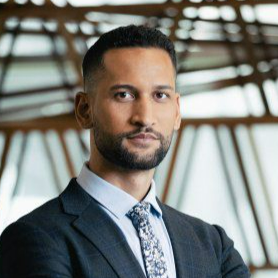This special event, part of Mahuru Māori, brought together tamariki to learn about environmental restoration and the area’s rich cultural heritage, blending mātauranga Māori with modern sustainability practices.
The hīkoi, supported by Auckland Council, was designed to reconnect rangatahi with the stories of the whenua (land) while engaging them in practical conservation efforts. From native planting to water monitoring and the observation of environmental indicators, the students gained hands-on experience in helping to regenerate the Puhinui Stream.
Passing down mātauranga Māori
Auckland Council senior Māori advisor Erana Whaiapu emphasised the significance of connecting tamariki with the stories of their ancestors and the natural world.
“This kaupapa is about collective knowledge and passing it down to the next generation. By learning the tohu (signs) of the environment and hearing the kōrero and pūrākau (stories) from iwi, these students are being empowered to take action on climate change and care for the whenua,” she said.
Ngāti Te Ata Waiohua, who led the hīkoi, emphasised that this event was about more than just protecting the stream — it was about empowering the younger generation to become kaitiaki (guardians) of the land and waterways. Kerry Marshall-Harding, a teacher from Papatoetoe South School and a member of Ngāti Te Ata Waiohua, stressed the importance of these events for the future of both the environment and the community.
“This isn’t just a one-off. We come here year after year to teach the tamariki about the importance of kaitiakitanga and looking after the environment.”
Challenges and solutions in protecting the awa
Te Pūananga Māra, a local organisation dedicated to environmental restoration, has been running the annual hikoi since 2018. Employing 12 rangatahi fulltime, they work to restore the awa (river) to its former health.
Krissy Bishop, a leader of the group, said waste from nearby businesses continued to be a major issue. “One of the biggest causes of pollution in the awa is the waste from local businesses, and we need to address that as a community.”
While the collaboration with Auckland Council for this hīkoi was a one-off, Ngāti Te Ata Waiohua often hosts hui (gatherings) with rangatahi as part of their commitment to the long-term health of the awa. They see these educational experiences as vital to ensuring future generations will continue to care for the land.
Councillor Alf Filipaina, one of three Māori councillors in Auckland, sees this initiative as an important step in empowering young people to lead the way in environmental restoration.
“Our tamariki hold the future of te taiao (the environment) in their hands. It’s crucial that we create opportunities for them to connect with the whenua and lead responses to the environmental challenges we face in Tāmaki Makaurau,” he said.


